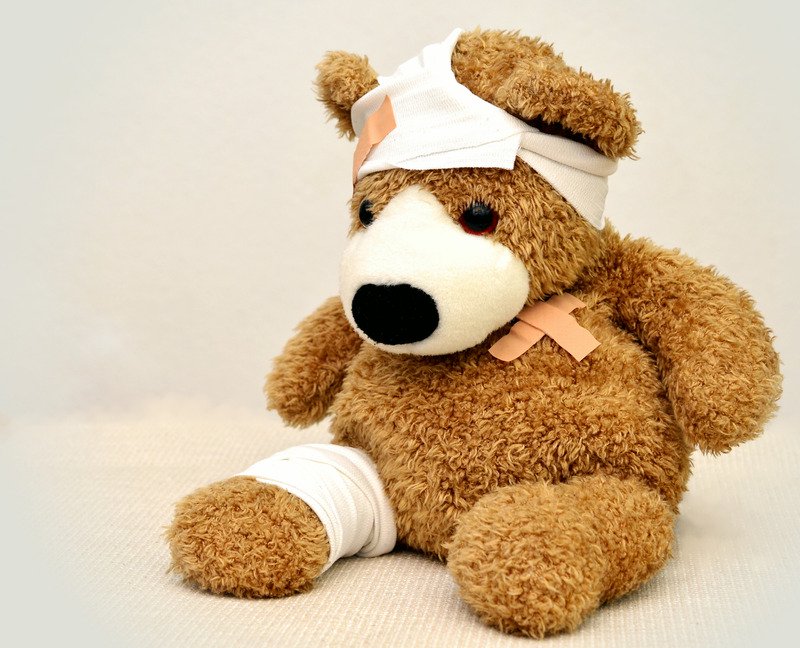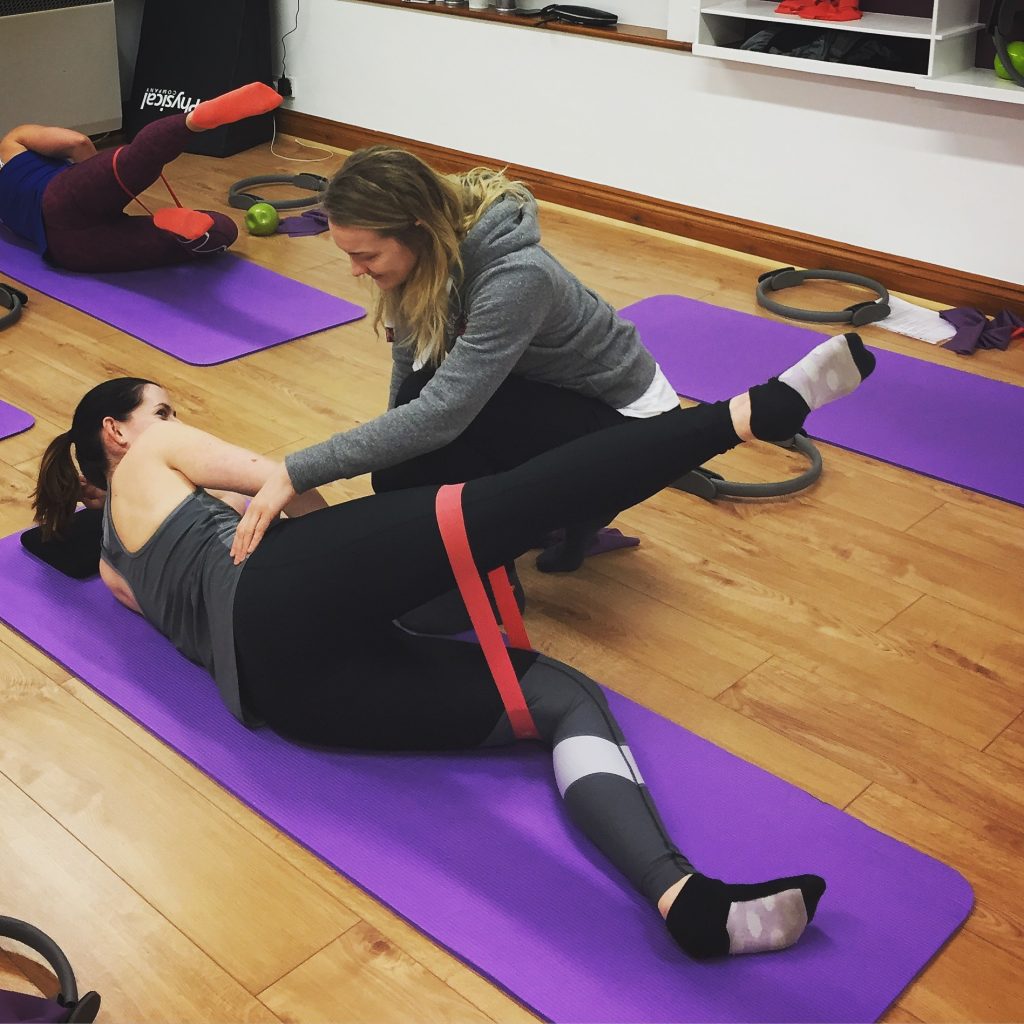
It is estimated that persistent pain affects approximately two fifths of the UK population, which is around 28 million people. Persistent pain (also referred to as chronic or long-term pain) is pain that you have had for a period of 3 months or more.
It has been shown that understanding how pain works can help those with persistent pain self-manage their symptioms. Therefore, here is a brief explanation of the difference between acute and persistent (or chronic) pain:
- Acute pain is short-term and is associated with damage or possible damage to your body. The pain will usually settle as your body heals itself because the body part does not need to be protected anymore. Our body will usually heal an injury within 3 months.
- Persistent pain is less to do with less to do with the injury within our body, but more to do with how our central nervous system has responded to an injury we have had in the past. After an injury has healed, our nervous system can remain sensitised, meaning the area of injury can remain painful for longer than the amount of time it takes for the initial damage to heal. This pain can improve and become more manageable over time, but it does take time, patience and effort for this to happen.
Therefore, although acute and persistent pain may feel the same, there is actually a big difference between them. If you would like to read more about this, and further improve your understanding of pain, we would highly recommend reading the Know Pain booklet written by physiotherapist Mike Stewart, found on his website www.knowpain.co.uk
Unfortunately, sometimes pain does not respond to medical treatment. If you have been assessed and diagnosed with a long-term condition (such as fibromyalgia or osteoarthritis), or no serious pathology has been found despite your pain, the next step is to start learning to self-manage your symptoms.

In order to start self-managing your symptoms, it is firstly imperative that you accept that you have persistent pain. We understand this is a really hard thing to do, but once you have accepted you have pain, and that you may always have pain, you will be able to start learning to self-manage it, and regain control of your life again.
We find that The Pain Toolkit is a really useful resource for those suffering with persistent pain. The website is run by Pete Moore, who lives with persistent pain himself, and has become an active self-manager, meaning he now leads a better life. He has produced a lot of information to really help with self-management, and also runs interactive online workshops for patients.
Please visit his website for more information: https://www.paintoolkit.org
The most common type of persistent pain is lower back pain, and there has been a lot of research into how exercise can affect it. Exercise has been shown to be a really effective intervention to help improve and manage back pain. There have been studies done that show that exercise can be more effective in the medium and long-term than surgery.
Any type of exercise (including running) is good for back pain. The best type of exercise for back pain is whatever exercise you enjoy and will therefore feel motivated to do consistently. The amount of exercise you do is more important than the type – try and aim to do at least 30 minutes a day.

It is commonly thought that running causes too much impact on your back, so you should avoid it if you have back pain. This is not true, but you should think about a gradual and graded increase in more intense exercise to give your body time to adapt. It is normal to ache when you start a new type of exercise, or increase the amount of exercise you are doing – it is just your body telling you it is not yet used to this type of activity!
Activities and exercise involving bending and lifting are also fine for you to do if you have back pain. Your back is designed for bending and lifting, but it may take your back some time to adapt to bending in a certain way, or lifting a certain amount of weight. Think of it in the same way that you would train your legs to run a marathon – you would build up the distance your legs can tolerate over time.
If you would like to read about more facts regarding back pain then please have a read of this article: www.independent.ie/life/health-wellbeing/health-features/10-myths-about-back-pain-and-how-to-cope-when-it-strikes-35330563.html
If you have any further questions about pain or how to manage it please email [email protected] so we can get you booked in for a physiotherapy appointment to help you accept and self-manage your pain, and regain control of your life.
